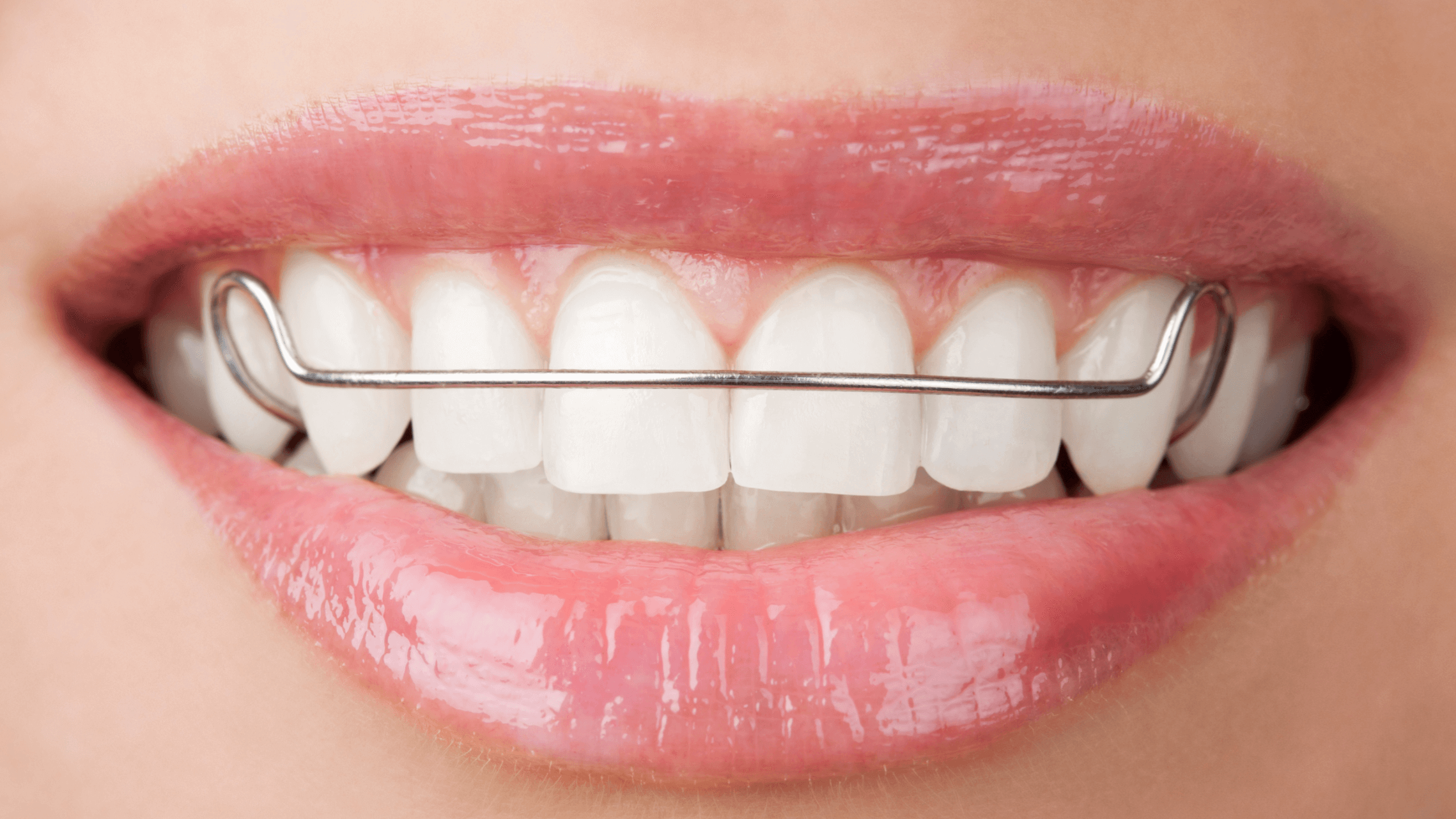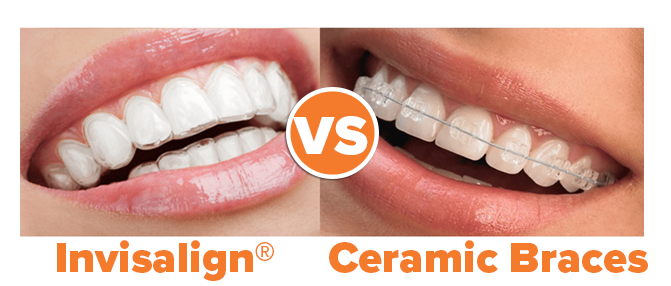What to Expect During Your Invisalign Journey: A Comprehensive Overview
What to Expect During Your Invisalign Journey: A Comprehensive Overview
Blog Article
Invisalign vs. Traditional Braces: Which Choice Is Right for You?
When thinking about orthodontic treatment, the option between Invisalign and conventional braces provides numerous crucial aspects that warrant careful examination. Invisalign uses a discreet choice with removable aligners, while standard dental braces provide an extra noticeable yet effective remedy for extreme imbalance. Each alternative includes distinctive benefits and disadvantages associated with aesthetic appeals, convenience, treatment duration, and expense. Understanding these nuances is crucial for making an informed choice that straightens with your personal choices and lifestyle. The question stays: which choice will ideal meet your orthodontic requirements and expectations?
Summary of Therapy Choices

On the other hand, conventional dental braces contain metal braces and wires that are adhered to the teeth. This technique uses constant stress over time to attain alignment. While reliable for complex orthodontic concerns, standard braces call for routine visits for modifications and can present difficulties in keeping oral hygiene due to the difficulty of cleaning up about braces and cords.
Both choices have their qualities, and the choice often pivots on certain oral problems, way of life preferences, and person compliance. Inevitably, seeking advice from an orthodontic expert is critical for figuring out the most appropriate treatment strategy tailored to private demands. Recognizing the subtleties of each option can substantially affect the general success of orthodontic therapy.
Aesthetic Factors To Consider
A substantial factor affecting the option in between Invisalign and standard braces is the aesthetic charm each therapy offers. Invisalign aligners are crafted from clear plastic, making them essentially invisible when used.
In contrast, conventional dental braces are composed of metal brackets and wires, which can be a lot more noticeable. While developments in orthodontic technology have brought about the growth of smaller sized brackets and colored elastics, typical braces still preserve a more noticeable account. For some people, the visibility of dental braces may discourage them from looking for necessary treatment.
Ultimately, the selection in between Invisalign and typical braces might depend upon personal preferences pertaining to aesthetics. People that focus on discretion frequently favor Invisalign, while those who are less concerned about presence might go with typical braces. Understanding the visual effects of each alternative is important for making an educated choice that aligns with one's lifestyle and choices.
Convenience and Convenience
&srotate=0)
In terms of benefit, Invisalign aligners are removable, making it possible for clients to appreciate their favorite foods without limitation and maintain optimal oral health. Brushing and flossing are streamlined, as the aligners can be gotten throughout these regimens, whereas conventional dental braces call for mindful maneuvering around braces and cords.
In comparison, traditional dental braces require normal changes, making them much less practical for those with hectic routines. On the whole, the convenience and comfort of Invisalign make it an appealing option for numerous individuals seeking orthodontic therapy.
Therapy Duration and Effectiveness
While both Invisalign and standard braces are effective in remedying oral imbalances, the period of treatment can differ significantly between the two alternatives. Commonly, Invisalign treatment can take anywhere from 12 to 18 months, depending on the complexity of the case. The clear aligners work by slowly changing teeth into their wanted placements, and regular follow-ups with an orthodontist aid great site ensure progression remains on the right track.
On the other hand, standard braces often call for a longer commitment, usually varying from 18 months to three years. This results from their set nature and making use of braces and cords, which can be more effective for extreme misalignments and complicated cases (Invisalign). The therapy efficiency of conventional dental braces is well-documented, as they permit for precise changes and better control over tooth movement
Eventually, the choice in between Invisalign and conventional braces may hinge on both the expected treatment period and the specific dental concerns at hand. Consulting with an orthodontist is crucial, as they can supply tailored suggestions based on specific demands, ensuring the selected technique aligns with preferred timeframes and end results.
Cost Contrast and Insurance Policy Alternatives
Price plays a significant role in the decision-making process for people taking into consideration orthodontic therapy, whether opting for Invisalign or standard braces. Typically, the price of Invisalign ranges from $3,000 to $8,000, while conventional braces typically set you back in between $2,000 and $6,000. Elements influencing these costs consist of the intricacy of the situation, the period of therapy, and geographical place.
Insurance protection can dramatically influence out-of-pocket expenditures. Many dental insurance coverage plans give partial insurance coverage for orthodontic therapies, yet the specifics can vary extensively. It is essential for people to assess their insurance coverage to figure out the degree of insurance coverage for either alternative. Generally, standard braces might be more often covered by insurance coverage strategies contrasted to Invisalign, which some insurance firms categorize as an aesthetic procedure.
Additionally, numerous orthodontic techniques use adaptable repayment strategies, making both treatment alternatives more available. Individuals must ask about potential funding choices and discount rates for ahead of time payments. Reviewing the overall Web Site price, including insurance advantages and repayment plans, is important for making an informed decision that Go Here lines up with both visual preferences and spending plan factors to consider.

Conclusion
In recap, the choice between Invisalign and standard braces depends upon multiple elements, including aesthetic choices, comfort, therapy duration, and cost. Invisalign provides a discreet, detachable alternative that promotes oral health and nutritional versatility, while standard dental braces may be preferable for complex oral problems and commonly come at a lower price point. Ultimately, consultation with an orthodontist is important to analyze specific circumstances and identify the most appropriate therapy option for achieving optimal dental positioning.
When taking into consideration orthodontic therapy, the choice between Invisalign and conventional braces offers numerous important variables that warrant cautious assessment.Comparing Invisalign and traditional dental braces exposes unique treatment options for orthodontic improvement.While both Invisalign and typical dental braces are efficient in dealing with oral imbalances, the period of treatment can differ dramatically in between the 2 options.Expense plays a considerable function in the decision-making process for individuals taking into consideration orthodontic therapy, whether choosing for Invisalign or conventional braces.In recap, the selection in between Invisalign and conventional braces pivots on multiple aspects, including visual preferences, comfort, treatment period, and price.
Report this page